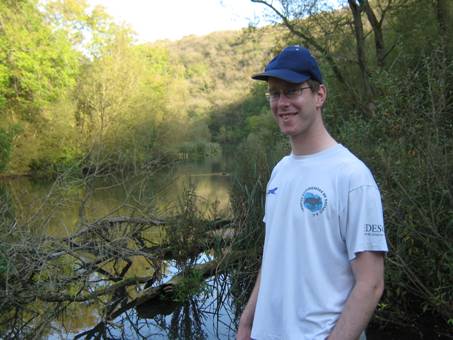Behaviour and Ecology
@ Schools of Biology and Geography,
University of Nottingham
| Home | People | Research | Teaching | Publications | Opportunities | Links |
 Chris Taylor
Chris Taylor
Supervisors: Francis Gilbert & Tom Reader
Research Interests
I
started my PhD at the University of Nottingham in October
2011. I am interested in the evolutionary ecology of Batesian mimicry (the
resemblance of an unpalatable model by a palatable mimic to deceive and
deter
predators). In particular, I am investigating the phenomenon of
inaccurate
mimicry. We would expect natural selection to favour those mimics that
most
precisely resemble their models, and yet there are many examples of
mimics that
appear to bear only a very approximate similarity to their model. How
can we
explain the existence of these inaccurate mimics?
One
of the big challenges in the study of inaccurate mimicry
is to quantify the level of accuracy. Almost all previous studies have
relied
to a greater or lesser extent on subjective human judgement. I have
developed a
set of scripts in the MATLAB environment that can calculate an
objective
similarity value for a pair of binary colour patterns, based on a
distance
transform of the bitmap.
My
study organisms are hoverflies (Diptera: Syrphidae), many
of which show varying levels of mimetic resemblance towards stinging
Hymenoptera including wasps, bumblebees and honey bees. I have applied
my
distance transform method to a number of abdominal patterns from both
hoverflies and wasps, and the results have a high level of correlation
with
similarity scores given by both humans and (indirectly) by pigeons. I
am now making use of this objective measure to help test a number of
different
theories that have been proposed to explain inaccurate mimicry.
Publications:
Taylor CH, Gilbert F and Reader T, 2013. Distance transform: a tool for the study of animal colour patterns. Methods in Ecology and Evolution, 4(8): 771-781 (OPEN ACCESS)
